On Marta Russell’s Money Model of Disability
A Marxist approach to impairment, disablement, and chronic illness under capitalism
This week I had the pleasure of writing a guest segment memorializing the life of Marta Russell for this week’s edition of Crip News. If you’re not familiar with the project, I highly recommend subscribing. Kevin Gotkin has been doing amazing work rounding up links, events, and writing relevant to the disability community in a weekly newsletter format.
For those who might be interested in learning a little more about Russell’s work and life, I thought I would share a recent essay I wrote about her contribution to the disability model framework—it’s really a long-form edition of the Crip News Memoria Mortuorum I wrote. Coming next year is a symposium on Russell’s work that I am curating with legal scholar, Karen Tani, and my Health Communism co-author and Death Panel collaborator, Artie Vierkant—beyond mentioning it’s happening I can’t say much more about this project at this time—consider this the soft announcement and stay tuned for more in the new year. My hope is that this short essay can both celebrate the life and work of Marta Russel on the 8th anniversary of her death, and also get people previously unfamiliar with her work excited for the symposium that will be coming later on. All images accompanying this essay, other than the portrait of Marta Russell, are works by the artist Park McArthur from her 2014 show called “Ramps” which featured an explicit connection to Russell’s work and took place a little over a year after Russell’s death. More about the exhibition can be found in the image descriptions as well as in the endnotes.
The Money Model of Disability, or “...persons who do not offer a body…as laborers are used to shore up US capitalism by other means.”
Marta Russell’s watershed work on capitalism and disability has been long overlooked and ignored by both the left and the mainstream disability community. Russell is best known for her work in disability studies, and her theory of disability is called the “money model,” which this essay provides a brief overview of. The money model is an important and understudied model of disability alike in use, but quite distinct in politics from, the other more widely-known and used models of disability within disability studies like the social model, medical model, charity model, or biopsychosocial model. Russell’s work has recently been gaining more attention, though it still is nowhere near mainstream within disability discourse. On the 8th anniversary of her death, I wanted to walk through her most well-known idea in the hopes that it might introduce her work to more people who were not previously familiar with this anti-capitalist model of disability.
Marta Russell was born in Clarksdale, Mississippi in 1951, becoming involved in the emerging civil rights and anti-war movements in her teens. Despite having physical impairments from birth, Russell did not identify as disabled for much of her early life—her disability identity emerged much like mine, only after her disability prevented her from continuing to work. As such, her analysis of disability largely centers around the intersection of labor and disability.
[Image Description: Photograph, black and white, with red graphic overlay coloring the background behind the person red and white. Image of Marta Russell wearing a floral coat and large earrings. She is wearing dark glasses and her short hair is loosly curly. She is looking off to the left and talking emphatically.]
Russell moved to California in 1975, building a career as a photographer and graphic designer, eventually becoming a worker in the film industry in Los Angeles. (Her best-known film credit is as background composite supervisor for Disney’s 1982 Tron). As Russell began to develop more severe mobility issues towards the late 1980s, she was increasingly unable to continue working in the film industry. Russell began to lend her talents to creating notable documentaries on the lives of people in the disability community, like “Disabled & The Cost of Saying I Do” a 1994 documentary for KCET Life & Times about disability marriage discrimination. During this period of her life, she was radicalized towards a broader more militant disability politics, which only increased once she applied for Social Security Disability Insurance (SSDI).
[Image Description: Photograph of artwork. Park McArthur, “Ramps” at Essex Street, New York. January 12-February 23, 2014. All of the following images in this essay are from this exhibition. This image is an overview showing the entire show from the perspective of someone who just walked into the gallery. Visible is a collection of ramps on a black floor in a white room, all different types of ramps ar arranged on the floor so they are not touching against the left wall, allowing a narrow pathway for passage on the right side of the room. Black vinyl lettering is on the right wall and blue rectangles hang along the top of the right wall.
From the exhibition press release: “These ramps, which provide a way other than stairs for reaching interiors that sit above street level are made of laminated chipboard, alluminum, a cabinet door, plywood, steel, two by fours and other objects intended and not for this purpose. All are portable and some, particularly the commercially produced models, fold up with hinges to create a more compact movable object. The majority of the ramps are from galleries, exhibition spaces, residencies, schools and studio programs. They were all built or purchased between the years 2010 and 2013, primarily for use by Park McArthur.”
“A sign was made and distributed to each of the lending organizations to be put on view during the exhibition. Five blank variations of those signs are also included in the exhibition. While the ramps’ presence at ESSEX STREET is unavoidable, their absence from their initially intended sigtes conforms to the general absence of access at every other cultural and physical institution we attend.”
“The exhibition continueds with a vinyl wall text that takes you to a Wikipedia page created by McArthur for Marta Russell, activist and author of the 1998 book Beyond Ramps: Disability at the End of the Social Contract. Russell who died on December [15]th, 2013, was one of the many disability activists who knew the fetish of structural access can ignore larger questions of social justice. To think access is to think healthcare and affordability, language and translation, documentation and identity, social convention and code.”]
[Image Description: Artwork. Park McArthur, “Ramps” at Essex Street, New York. January 12-February 23, 2014. Black vinyl wall text reading: “https://en.wikipedia.org/wiki/Marta_Russell”]
Once on SSDI, Russell devoted her time to publishing writing on the political economy of disability, both in leftist presses and in a limited academic context. Between 1990 and 2005 Russell became disillusioned with the mainstream disability rights discourse, rejecting the focus on inclusion, representation, and culture which emerged after the passage of the ADA, turning her attention instead to the socio-economic oppression of disabled people under neoliberal capitalism. Russell was active with the disability rights groups ADAPT and Not Dead Yet, organizing against the rapid growth of the private nursing home and rehabilitation industry and policies expanding physician-assisted suicide because of concerns that disabled people would be coerced into euthanasia as a result of the draconian politics of welfare support and the abysmal state of life in nursing homes.
Russell’s criticism centered around how means-testing, administrative burdens, underfunded social safety net supports, and a society obsessed with cost-benefit analysis all worked together to perpetuate, what she termed, the “money model” of disablement, more popularly known as the money model of disability. Russell’s work demonstrates how those who are not considered to be profitable under the traditional framework of labor power = economic/political worth, still have a crucial role to play in the reproduction of capital in the mere occupation of a bed. Many more industries than the warehousing of human surplus have been designed to profit off of the maintenance, care, cure, treatment, diagnostics, and study of health.
[Image Description: Artwork. Park McArthur, “Ramps” at Essex Street, New York. January 12-February 23, 2014. Assorted ramps arranged on a black floor in a loose grid in a white room.]
Russell’s work was also highly critical of the liberal disability rights movement, arguing that disability rights discourse would benefit from embracing leftist thought and political-economic analysis. Russell’s work has been long left out of mainstream American disability rights discourse because her “fully-fledged counter-hegemonic” theory of disability, relying upon Marxist materialist analysis, rejected arguments about culture and identity in favor of an approach instead centering the political economy of disability.
As Russell’s former collaborator, legal scholar Ravi Malhotra explains: “For too many… amending the Americans with Disabilities Act (ADA) or transforming its case law is seen as the complete answer to the dilemmas faced by people with disabilities.”[1] This mindset has captured the energies of the American disability rights movement in the neoliberal era, which has primarily focused on rearticulating the symbolic and political landscape of disability through law. Malhotra ascribes this to a ‘degeneration’ and dilution of an initial interest in the sociological dynamics of disability oppression, born out of the study of labeling and interactionism of Erving Goffman, which has lost focus as the disability rights movement has developed in tandem with the growth of the charity industrial complex, being popularly remapped onto a defanged struggle for representation and inclusion—a framework for activism which is much more amenable to the comforts of dominant power.
[Image Description: Photograph of artwork. Park McArthur, “Ramps” at Essex Street, New York. January 12-February 23, 2014. Ramps lie arranged on the floor in the foreground, the central focus of the image is a white wall emerging from the left and moving backwards in perspective as it gets closer to the right side of the image. On the wall are five blank blue disability placards placed at regular intervals along the top of the wall. On the far right is the vinyl text directing the viewer to Marta Russell’s wikipedia page. At the far right is the front of the gallery, a large window which looks out onto the street into China Town.]
As Dean Spade has argued, this is a common theme in many strategies of mainstream rights-oriented activism, in which liberal reforms seek to expand rights within the framework of the courts, ignoring the fact that these policies rarely result in shifting the political economy of marginalized oppression. Spade notes that both in the case of trans rights and in disability rights, attempts to enforce civil rights protections in the courts have demonstrated disappointing results; “with courts saying that the exclusion is a legitimate preference on the part of the employer, landlord, or business owner…”[2]
Russell’s political economy approach rejected these liberal notions of incremental reform through legal representation at a time when the strategy was being widely adopted by liberal organizations and activists, providing a profoundly different basis for liberatory disability politics than the mainstream disability rights movement or budding academic discipline of disability studies. It is for this reason that Russell’s scholarship has been largely gatekept out of the dominant conversation around disability.
[Image Description: Image of artworks. Park McArthur, “Ramps” at Essex Street, New York. January 12-February 23, 2014. This image is an overview showing the entire show from the perspective of someone who just walked into the gallery. Visible is a collection of ramps on a black floor in a white room, all different types of ramps ar arranged on the floor so they are not touching against the left wall, allowing a narrow pathway for passage on the right side of the room. Black vinyl lettering is on the right wall and blue rectangles hang along the top of the right wall. ]
Russell rejected the post-modern theory of the disabled body as translated through a lens of individual rights, offering a refreshing perspective on the economic forces driving systemic oppression of disabled people. Best articulated in her 1998 book, Beyond Ramps: Disability at the End of the Social Contract, Russell’s work aims at going beyond disability-stigma as the primary driver of social exclusion. Instead, Russell looks to the political-economic preferences that prevent people with disabilities from living and thriving under capitalism.
Russell called disability, as atomized and segmented by dominant economic preferences, the New Reserve Army of Labor, arguing that the commodification of disablement—as it exists under neoliberal capitalism—presents an opportunity to reclaim disabled people unable to be ‘productive’ workers. Those not welcome in the workforce were still put to use for the “economic order,” creating wealth from exploiting the physical needs of survival as a means of squeezing surplus profit from the very flesh and blood of non-workers. As Russell explains: “...persons who do not offer a body which will enhance profitmaking as laborers are used to shore up US capitalism by other means.”
[Image Description: Artwork. Park McArthur, “Ramps” at Essex Street, New York. January 12-February 23, 2014. Disability placard with wheelchair user pictogram and text underneath, reading: “RAMP ACCESS LOCATED AT ESSEX STREET” The placard is a blue vertical rectangle with white text, rounded corners, and a thin white border on a white wall.]
Russell’s money model of disability is based on her study of both the nursing home industry and the charity industrial complex. Russell was highly critical of organizations like the Jerry Lewis Muscular Dystrophy Association, whose now-defunct annual telethon would raise money each year leveraged through extensive portrayals of disabled people as helpless objects of pity. Charity organizations spend relatively little of the money they raise on direct support of the people they purport to help; funneling money instead into the maintenance of vast bureaucracy, “lavishly paid” executives, marketing, events, and the like; all while benefiting the rich and owning classes through the vast web of tax deductions and social reproductive capital which is requisite with charitable giving under the capitalist regime.[3]
To support her money model of disability, Russell pointed to the ways in which nursing home residents were counted as assets in Wall Street evaluations of nursing home corporations by assigning a valuation in anticipated annual revenue per person. The dynamics and fiscal architecture on which Russell built her money model of disability theory have only continued to expand and accelerate in the decade since her untimely death in 2013. The economic regime of warehoused care exploits both the bodies of those who need care by transforming them from people into commodities and it exploits the labor of those who provide care for the sake of economic outcomes. “To maximize profit, [nursing homes] cut corners in quality of care and keep worker pay low to show their owners and investors as high a return as possible on their money… Corporate managers and owners reap six-digit salaries and bonuses, while workers, paid below a living wage, are given more tasks than they can physically, emotionally, or safely handle.”[4]
[Image Description: Artwork. Park McArthur, “Ramps” at Essex Street, New York. January 12-February 23, 2014. Blank disability placard. Blue vertical rectangle with rounded edges and a thin white boarder on a white wall.]
By way of a contemporary example (Russell was writing primarily in the late 90s and early to mid 2000s), trade-journalist Alex Spanko noted in Skilled Nursing News in 2019 that as the proportion of nursing home residents covered under Medicaid hit a record high, the average amount of revenue from Medicaid reimbursement also hit its own record high at $214 a day in the third quarter of that year. Each person—as a body and nothing more—is an asset worth an average of just over $78,000 annually. Body by body, nursing homes have billed themselves as sound investments attracting increasing investment from rapacious private equity firms looking to strip these already bare operations running on lean margins of any additional fat, gristle, or marrow from which to squeeze an ounce more of surplus-value.[5]
The money model is more than just a medicalized framework describing the healthcare costs associated with disabled life under capitalism; it is a type of strategy, a “corporate solution” for disability writ large. Medical professionals, rehab clinics, physical therapy, hospitals, pharmaceuticals, dialysis clinics, infusion centers, home-care, insurance companies, device companies, mobility aid companies, mental-health hospitals, the charity industrial complex, and nursing homes only scratch the surface of describing the scope of the money model.
Russell’s theory is a lens like any other model of disability, a way to understand ourselves, our world, and our categorically determined economic suffering, offering deep insight into the commodification of care and survival that is our day-to-day reality under capitalism. Disabled life, already so precarious, has been further threatened by the profit-driven approach to the Covid-19 pandemic, which at every turn has discounted and ignored disabled, chronically ill, or otherwise medically vulnerable people. As we celebrate Marta Russell’s life through her work, it’s important to remember that the money model is ultimately a means by which we can look from a critical perspective at the way disability is leveraged by capitalism.
[Image Description: Artwork. Park McArthur, “Ramps” at Essex Street, New York. January 12-February 23, 2014. Two emply blue disability placards sit high on the wall. Below is black vinyl lettering directing the viewer to Marta Russell’s wikipedia page.]
Using Marta Russell’s money model is crucial in order to learn the lessons we need to help us build a better world where no one is disposable and everyone has access to what they need to survive. The warehousing, surveillance, treatment, management, and diagnosis of difference is an enormous sector of our economy—circulating trillions of dollars throughout multiple sectors of global markets each year. Yet few people have meaningful access to the support they need to facilitate their survival, and the few options that are readily available are often stigmatized and come at the expense of the best interests, freedom, rights, and needs of the recipient.[6]
Endnotes:
Other than the image of Marta Russell at the begining of this piece, all images are from Park McArthur’s 2014 show at Essex Street gallery called “Ramps” — view the full show here.
[1] Ravi Malhotra, “The Legal Politics of Marta Russell: a Castoriadan reading.” In Disability Politics in a Global Economy: Essays in Honour of Marta Russell. (Routledge, 2017), p. 3.
[2] Dean Spade, Normal Life: Administrative Violence, Critical Trans Politics, & the Limits of Law. (Duke, 2015), p. 38.
[3] Marta Russell, Beyond Ramps. (Common Courage Press, 1998), Chapter 7.
[4] Marta Russell, Capitalism and Disability: Selected Writings by Marta Russell. (Haymarket, 2019), p. 126.
[5] See: Charles Duhigg, “At Many Homes, More Profit and Less Nursing.” In The New York Times (September 23, 2007); Gregory Zuckerman, “HCR to Sell Real Estate Assets in $6.1 Billion Deal.” In Wall Street Journal (December 14, 2010); Elizabeth Fernandez, “Low Staffing and Poor Quality of Care at Nation’s For-Profit Nursing Homes.” In University of San Francisco News (November 29, 2011); Lawrence C. Strauss, “The Next Private-Equity Investors: Mom and Pop.” In Barron’s (August 10, 2013); Sarah Varney, “As The For-Profit World Moves Into An Elder Care Program, Some Worry.” In Kaiser Health News (August 24, 2016); Peter Whoriskey & Dan Keating, “Overdoses, bedsores, broken bones: What happened when a private-equity firm sought to care for society’s most vulnerable.” In The Washington Post (November 25, 2018); Matthew Goldstein, Jessica Silver-Greenberg, and Robert Gebeloff, “Push for Profits Left Nursing Homes Struggling to Provide Care.” In The New York Times (May 7, 2020); Dylan Scott, “Private equity ownership is killing people at nursing homes: A new study describes the human toll of private equity firms buying up nursing homes.” In Vox (February 22, 2021); Alex Spanko, “House Hearing Scrutinizes ‘Horror’ of Private Equity Investment in Nursing Homes.” In Skilled Nursing News (March 25, 2021); Tony Pugh, “Investor-Owned Nursing Homes Draw Scrutiny as Deals Flourish.” In Bloomberg Law (April 6, 2021).
[6] Deborah Stone, The Disabled State. (Temple University Press, 1994), pp. 23-24, p. 26.






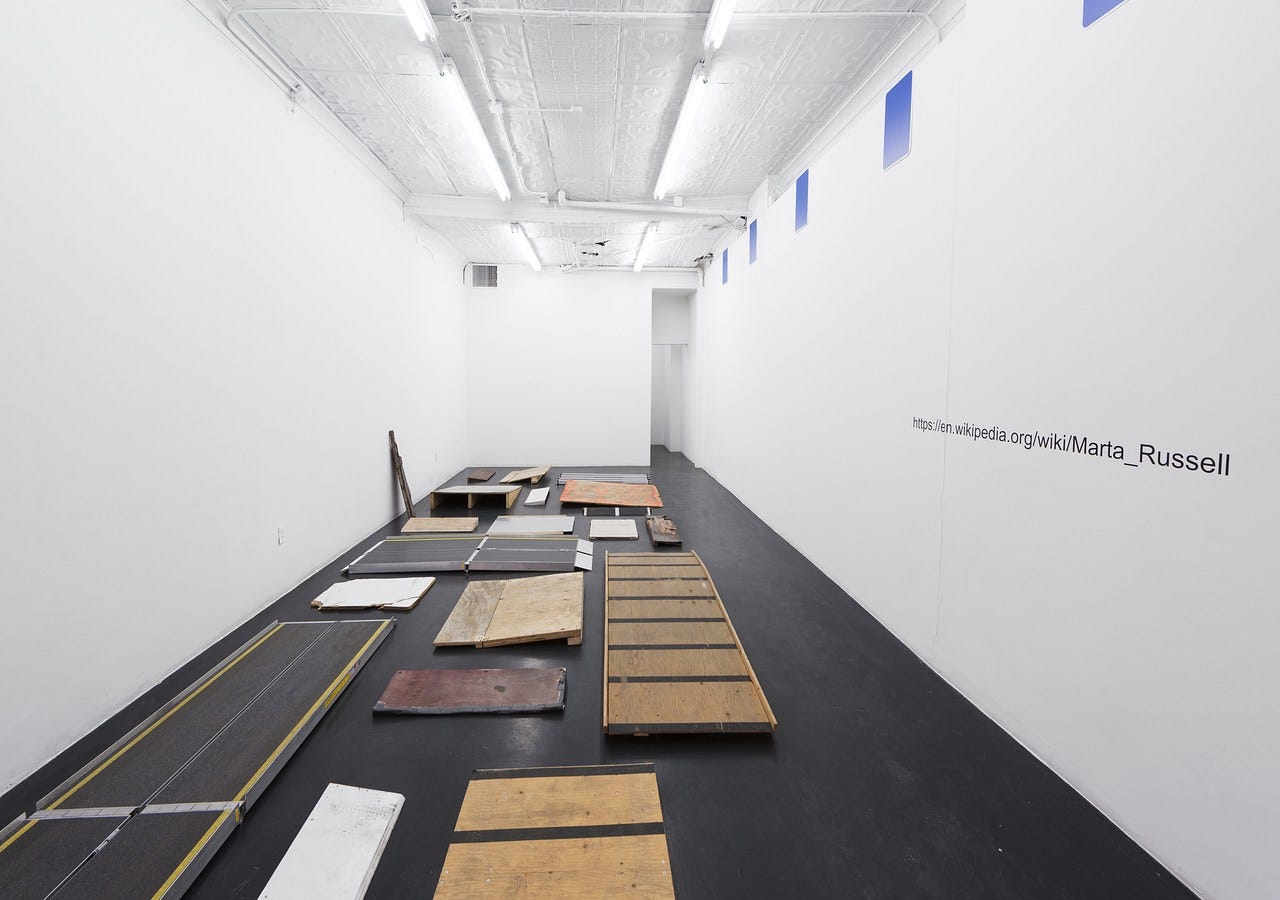
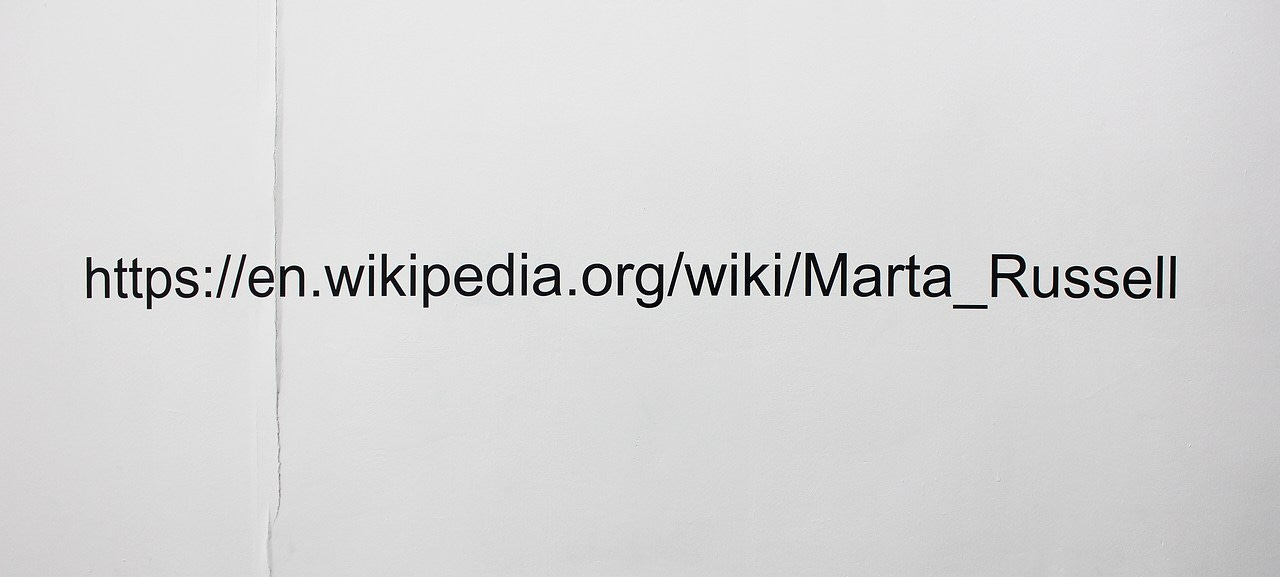
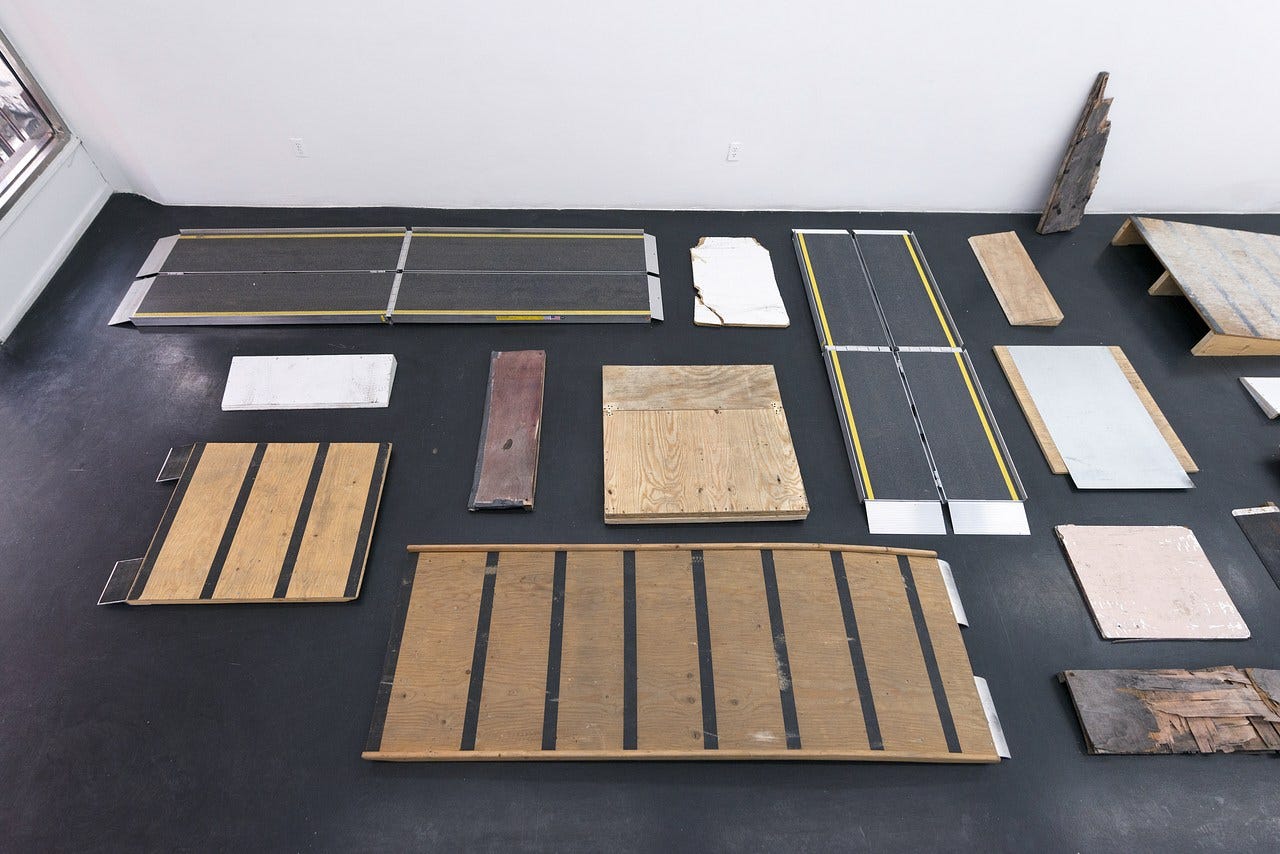
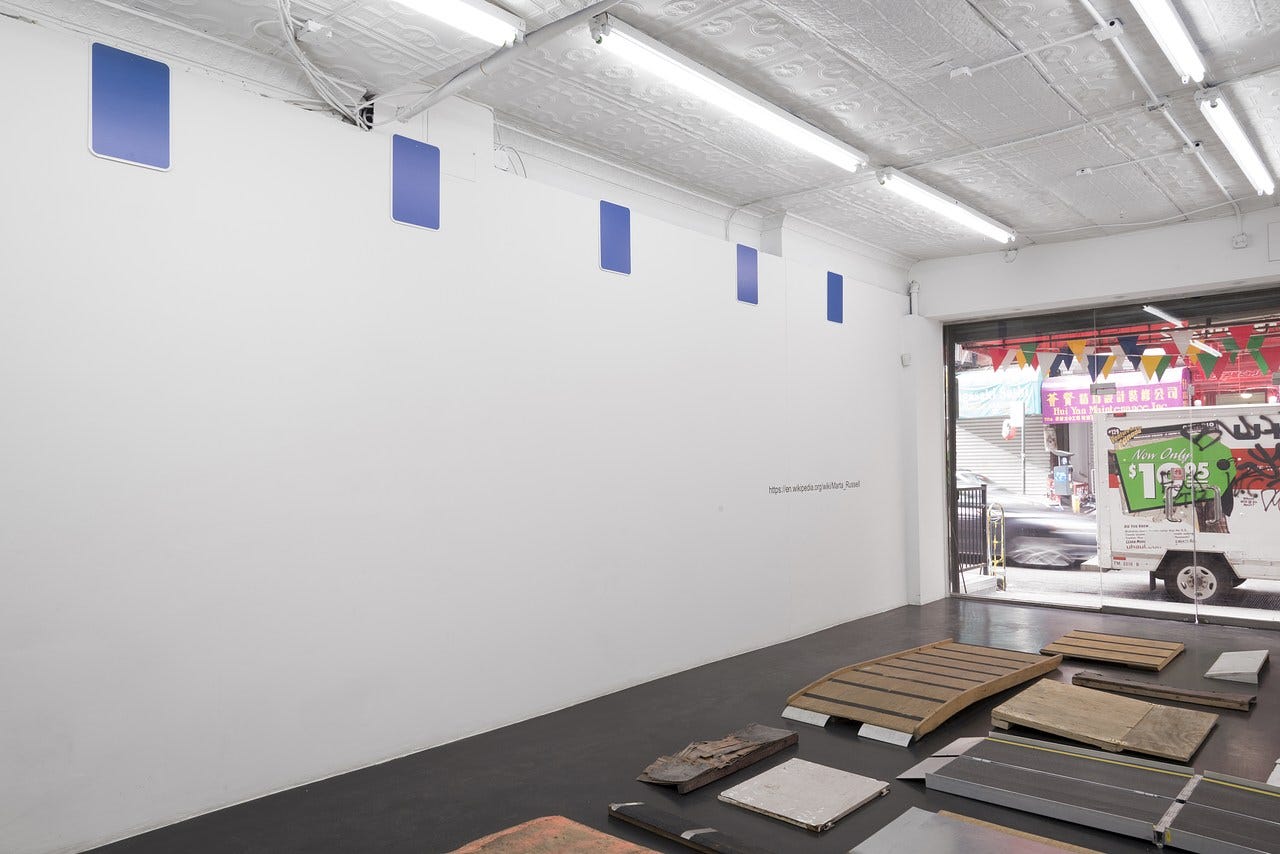

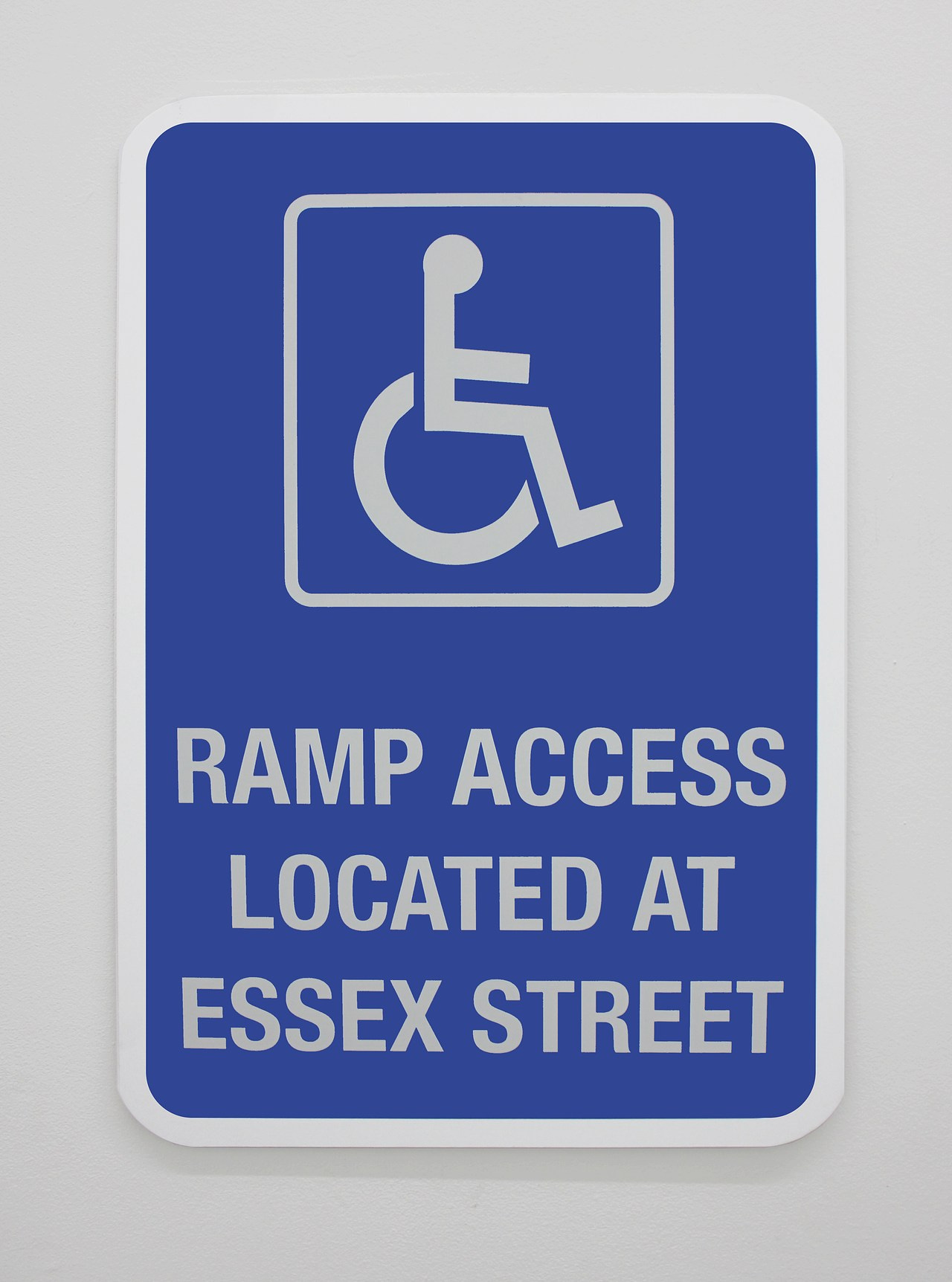

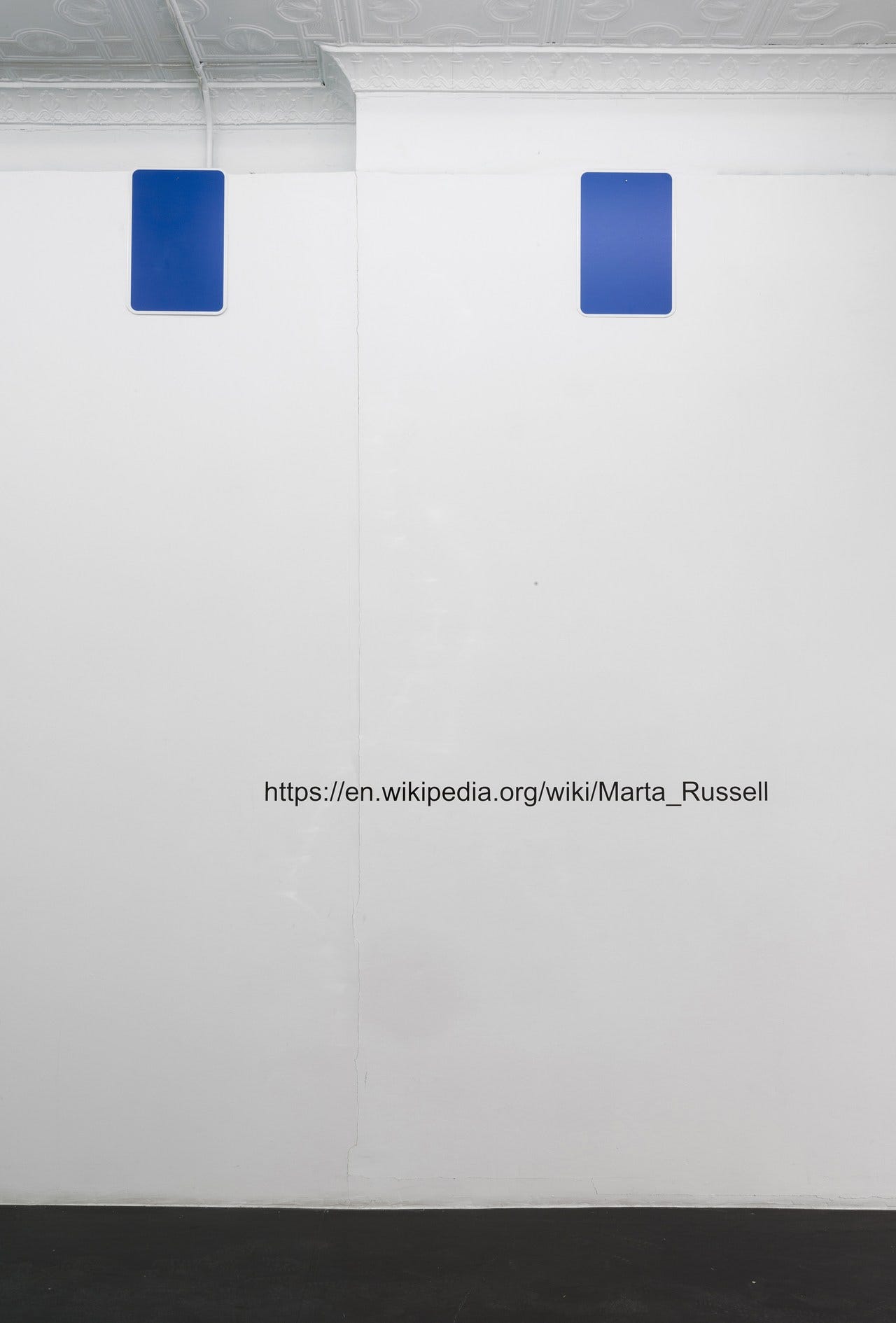
Nursing homes spend $6 per day to feed residents and $60 per day to give them medication. I've done dialysis on people on ventilators, persistent vegetative states, no quality of life. It's all for money. We should ask people when they are 40 if they want feeding tubes when they can no longer talk or recognize people and look unhappy all the time. Do they want to have procedures and appointments when they can no longer move, communicate, or eat. Versus supporting someone to remain at home and let them stop eating when they no longer want to eat.
Really appreciate this critique. I only made contact with Marta shortly before her death and I regret not doing so much sooner. I share much of her approach as a disabled Marxist. Currently, I'm writing a critique of the British Disabled People's Movement which declined due to ignoring the basic nature of capitalist social relations in creating and maintaining disablement and disablism. Totally agree with Kevin Gotkin.